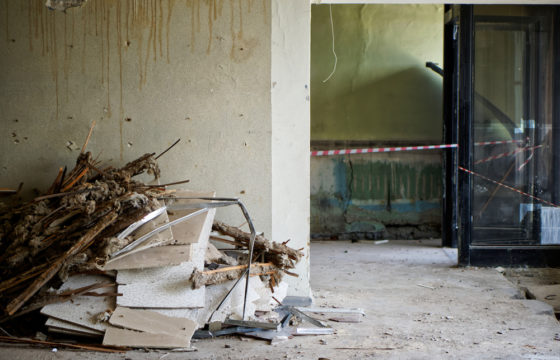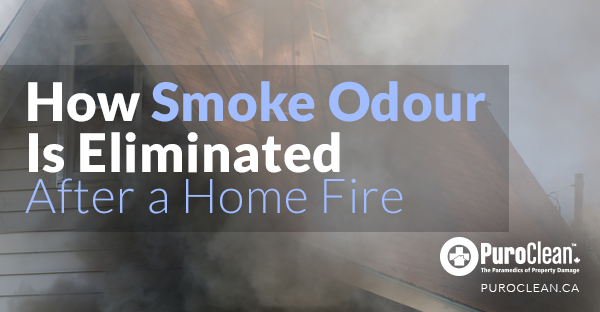
Read More
 It is often difficult to remove smoke odour after a home fire. To completely eliminate smoke odour, the remediation process must include advanced equipment and techniques that only a professional disaster restoration company can provide.
It is often difficult to remove smoke odour after a home fire. To completely eliminate smoke odour, the remediation process must include advanced equipment and techniques that only a professional disaster restoration company can provide.
Smoke is the result of incomplete combustion and is made of persistent particles (soot), oils and gases. The pungent smoke odour comes from volatile molecules that are released when materials are burnt.
Smoke odour can result from burning protein (meat), natural materials (wood, cotton, etc.), synthetic materials (e.g. plastic, nylon) and more. With so many different substances that can burn, the restoration process requires specialized knowledge and complex procedures.
The first step in removing smoke odour is to discard any burnt items in the home, such as furniture, carpet or drywall. The salvageable items will be thoroughly cleaned with appropriate cleaning products.
The next step involves cleaning the air ducts, as they carry soot and smoke molecules released during the fire. The HVAC system needs to be cleaned before the air purification process in order to avoid the recontamination of the areas that have already been cleaned.
In the final step, the lingering airborne odour is removed utilizing specialized techniques that are tailored to the needs of individual customers:
When confronted with a smoke damage situation, the PuroClean team can assist with evaluating and mitigating the losses.
Follow us on Twitter, Facebook, Google+ and LinkedIn to get our notifications!